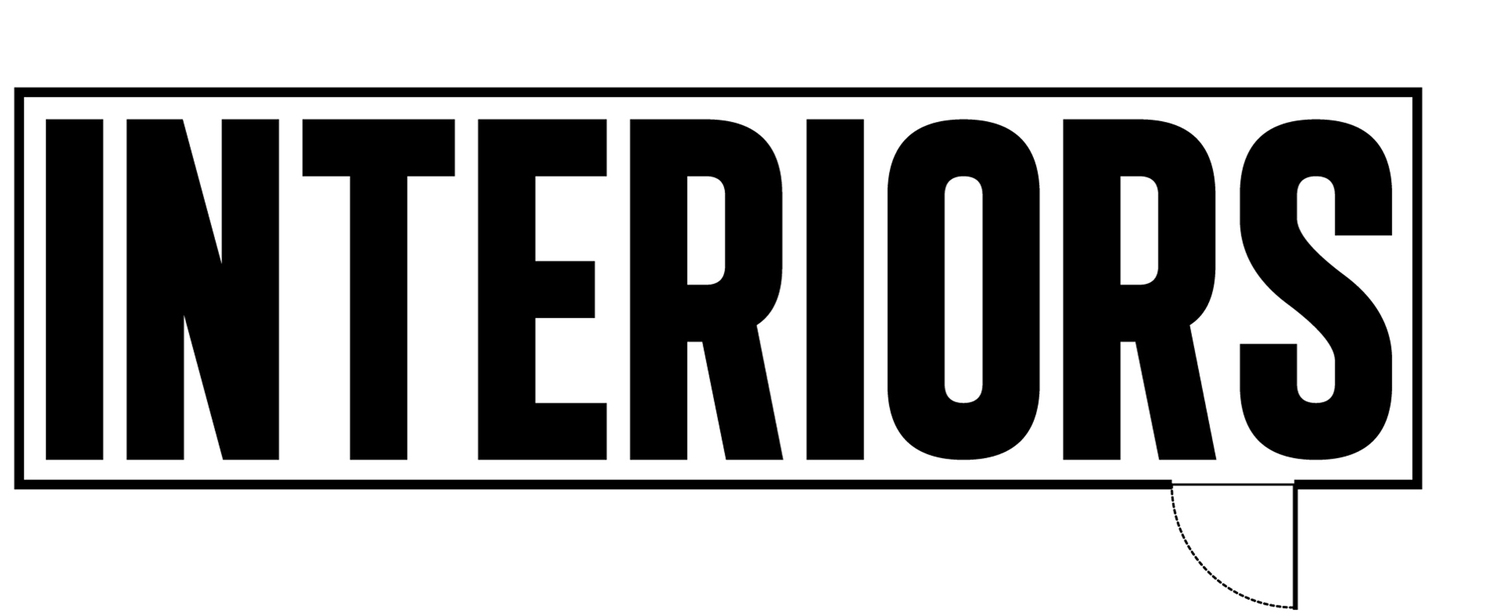INTerview: Jacob T. Swinney
/First and Final Frames is a video from Jacob T. Swinney, who edited together the opening and closing shots from fifty-five films. The shots are paired side by side and the resulting effect is a reminder of how powerful individuals shots in cinema are. In comparing the opening and closing shots of a film together, we are provided a look into how these individual shots tell an entire story.
Birdman (2014)
The video consists of a wide range of films, from films such as Blue Valentine, The Godfather: Part II, Never Let Me Go, Hunger, Solaris and The Searchers. In putting these images side by side, we learn about the different ways in which filmmakers open and close their stories -- some of these complement each other, as in the case with many films, such as Black Swan, Birdman, and Raging Bull, while others are less direct, but equally thought-provoking.
Interiors spoke with the man behind these images.
The Master (2012)
INT: What is your background in?
JS: I love every aspect of filmmaking, so I learned how to do a bit of everything. But my three most prominent areas are directing, cinematography, and editing.
INT: Do you see Vimeo as a website that is more concerned with film and artistic expressions, with videos like yours that shed more light onto films, as opposed to the likes of YouTube, which is more concerned with the sharing of videos?
JS: Absolutely! The Vimeo community seems to be much more concerned with original content and artistic expression. YouTube is also very useful, but for different reasons. There seems to be a larger opportunity for "going viral" and it is a helpful resource for gathering film clips. I prefer Vimeo because all of the members seem to have an interest in cinema and filmmaking. Also, it is not likely that you will get harassed or abused through Vimeo comments. YouTube can be rather brutal in that respect.
Her (2013)
INT: How did this particular idea come along?
JS: I was actually watching Gone Girl in the cinema and was struck by the similarity of the opening and closing shots. This got me thinking, "What other films use this 'bookend' technique?" After doing some research, I became fascinated by the significance of the opening and closing shots in so many films. This inspired me to expand from the idea of just "bookends".
INT: Can you talk about your choice of the films you included in this video?
JS: I chose films that displayed one of three types of openings/closings: very similar or identical shots (bookends), vastly different shots, and equally impactful shots. But most importantly, I wanted all of the examples to tell a story simply through two shots. Some are much less obvious than others, but I feel that each example communicates something significant.
Shutter Island (2010)
INT: What is the process like for making a video like this? How long does it take? How difficult is to find some of these clips -- even just in terms of matching the resolution and making sure they're all as high quality as possible?
JS: My enormous movie collection is finally paying off because I own just about every film used in the video. So fortunately, I didn't have to worry too much about scavenging for clips and matching quality. But that does mean that I have to devote a rather large amount of time to the slow and monotonous DVD/Blu-ray ripping process. This is definitely my least favorite part of creating a new video. Luckily, I have recently been able to devote a computer entirely to ripping. This allows me to continue to edit as I collect footage, which is immensely helpful. For this particular video, that editing process was rather simple. Usually I have to spend a great deal of time watching the films and searching for useful bits, but in this case, I obviously knew exactly where each clip was located.
INT: The question you pose in the description of this video is, "What can we learn by examining only the first and final shot of a film?" What did you learn from analyzing the first and final frames of these films? Did anything surprise you? Did you learn anything?
JS: I learned that a whole lot more thought and theory goes into choosing an opening and closing shot than I had originally believed. This is most likely not the case with all films--I went through several films that open more traditionally with establishing shots. But I was truly blown away by the fact that so many films can communicate an entire story with just their opening and closing shots, even out of context. Punch-Drunk Love, Brokeback Mountain, and Birdman particularly stick with me. My hope is that viewers will learn as much from watching the video as I did by making it.



